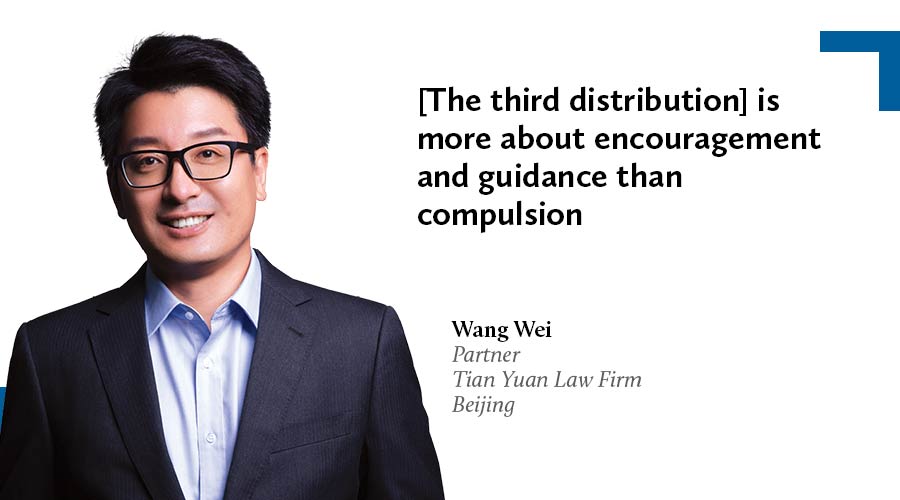With a state-led “common prosperity” philanthropy campaign well underway, what options do private enterprises have? Jasmine Wen reports
“Common prosperity”, a Marxist vision, has been brought up by successive Chinese leaders. However, it was not until 17 August 2021 that it attracted the attention of broad swathes of society, when President Xi Jinping spoke at a meeting of the Central Financial and Economic Affairs Commission (CFEAC), where the common prosperity initiative accordingly became seen as central to the agenda, and a goal of Xi’s presidency.
It was advocated at the meeting that the central government must “promote common prosperity in the midst of high-quality development … expand the proportion of the middle-income group” and “encourage the high-income group and enterprises to give back more to society”.
Internet companies, which have been at the centre of a recent regulatory crackdown, sprang into action. The day after the meeting, Tencent announced a RMB50 billion (USD7.9 billion) investment to establish a “dedicated common prosperity plan”, followed by Alibaba, which announced on 3 September that it would donate RMB100 billion to charities. Since then, numerous internet companies have followed suit.
Regardless of the fact that a CFEAC spokesperson previously made it clear that the common prosperity initiative was not about “robbing the rich to subsidise to the poor”, Chinese enterprises and entrepreneurs that hold huge amounts of wealth nevertheless momentarily had the feeling that they were “skating on thin ice”.
So, what does the central government’s common prosperity plan mean for private companies, what role should they play in it, and how can they get involved?
THE THIRD DISTRIBUTION
In contrast to the 1990s slogan of “the rich first will pull along the rich that follow”, the common prosperity initiative emphasises not only wealth creation but also wealth distribution. In the current plan of the central government, common prosperity will be achieved through a “basic institutional arrangement that co-ordinates primary distribution, redistribution and the third distribution”.
In the 1990s, Chinese economist Li Yining proposed that, in addition to distribution by the market and redistribution by the government through taxation and social security spending, there existed a third distribution, i.e. the act of giving from the individual’s disposable income at his or her own discretion. This was a kind of income distribution based on moral conviction.
Vice Premier Liu He once wrote an article in which he defined the third distribution as “an act whereby social forces voluntarily aid the weak and needy through private donations, charity and volunteer actions under the influence of morality, culture and custom”.
Wang Wei, a Beijing-based partner at Tian Yuan Law Firm, says the third distribution “is more about encouragement and guidance than compulsion”.
“From the perspective of the regulators, the current urgency for them is improving the pertinent regulations,” says Wang. “Only with regulation in place will society and business be encouraged to pour more energy and resources into charitable causes.”
CHARITY BEGINNER
According to the Report on Charitable Giving in China in 2020, cash and material donations totalled RMB208.6 billion in China in 2020. In comparison, according to statistical data published by the Giving USA Foundation, total giving reached USD324.1 billion in the US over the same period.
Gao Jun, an equity partner at Zhong Lun Law Firm in Shanghai, says that the differences in the two countries in terms of charity history, entities, legislation etc., have combined to produce this result.
You must be a
subscribersubscribersubscribersubscriber
to read this content, please
subscribesubscribesubscribesubscribe
today.
For group subscribers, please click here to access.
Interested in group subscription? Please contact us.





















